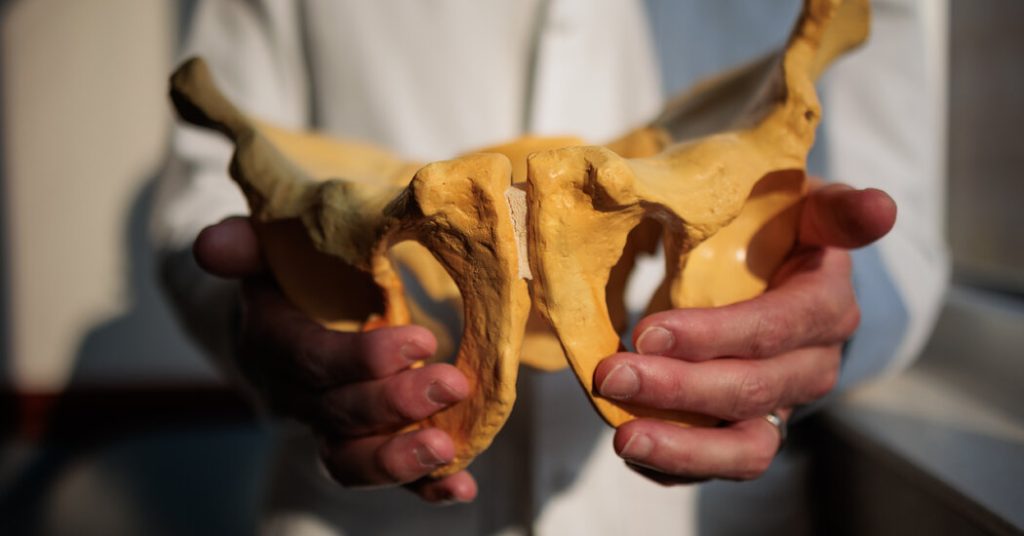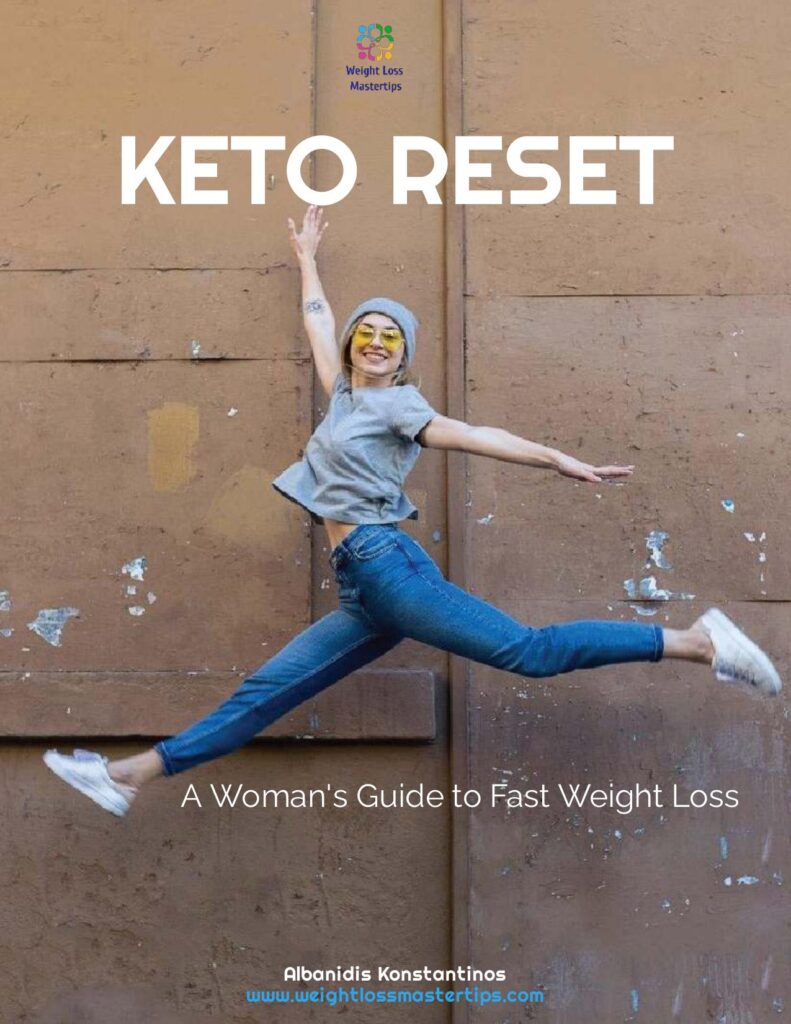The final time Alicia Kline walked unassisted was in January 2021. She is in fixed ache from hip arthritis and makes use of a walker and a wheelchair.
The issue is her weight problems — her physique mass index, or B.M.I., is over 50. And for somebody like Ms. Kline, 54, of Studying, Pa., discovering a health care provider who’s prepared to present her a joint alternative which will ease the ache generally is a near-impossible activity.
Dilemmas like hers are roiling orthopedic medication as weight problems ranges soar, and with them arthritis. What ought to orthopedists do when confronted with sufferers whose B.M.I. may be very excessive?
Whereas the science of physique mass index is frequently criticized, medical doctors say the risks of working on sufferers with B.M.I.s that fall within the higher ranges of weight problems will be dire, together with infections deep within the prosthetic joint that may result in amputations and even loss of life. And the dangers escalate as a affected person’s B.M.I. will increase.
Skilled organizations — the American Academy of Orthopedic Surgeons and the American Affiliation of Hip and Knee Surgeons — would not have agency B.M.I. cutoffs for operations, however orthopedists have their very own.
Less than half of orthopedic surgeons in a survey published last year mentioned they’d function on a affected person with a B.M.I. over 40 — greater than 22 million American adults fell into that class in 2017-18. Solely 11 p.c would function on one of many 3.9 million Individuals with a B.M.I. over 50. And sufferers with a B.M.I. over 55 could be rejected virtually all over the place. Simply 3 p.c of U.S. orthopedists would function.









